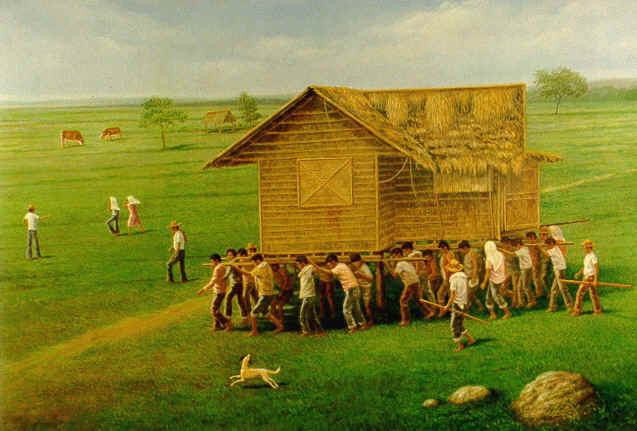What is the importance of Fiesta in the Philippine?
Philippine Culture Fiesta.

Fiestas in the Philippines originated with the celebration of Catholic feast days. Fiestas might also mark the end of the harvest season or other special events. Fiestas are usually festive occasions with lots of food and drink. This is a time when the whole community throws its doors open to visitors.
Whether they are locals or foreigners, everyone is invited to join in the celebration. There is no real ceremony; you simply go from house to house and partake of the feasts that willing residents have prepared.
The best way for visiting foreigners to enjoy a fiesta is to go with a trusted local who can bring them around. If you really must go by yourself, always be cautious and don’t be too trusting of strangers.
Make sure that you arrange your transportation to and from the town that you will visit prior to reaching your destination.
You may also wish to stay at a local hotel or inn, or perhaps at the home of a good friend who lives nearby. Always have a contingency plan in case things don’t go as you hoped. In the Philippines, bringing a cell phone is a natural thing to do, because changes in plans caused by traffic or car trouble are common occurrences.
During fiestas, you might enter several private homes of locals who have prepared feasts for their visitors. When you plan to attend a fiesta, it is wise to avoid eating and drinking before going. Some hosts will feel offended if you do not eat or drink with them when you enter their homes.
Eat and drink sparingly in each house—unless you want to end up stuffed like a turkey. If you see a group of people drinking, you may be offered a tagay (“shot”) of either beer or hard liquor.
Unless you are a teetotaler, go ahead and take the shot but then excuse yourself immediately if you don’t want to end up in a lengthy drinking session that you might regret later. Another option is to politely decline the drink, citing health or other reasons.
It is also worthy of note that in certain unsafe neighborhoods foreigners have been scammed into gulping a drink laced with a drug or other controlled sub-stance. The drugged foreigner is then robbed of his or her credit card and belongings.
These incidents can happen at any time of the year, not just during fiestas, so it is always best to be cautious when accepting food and drink. Traveling with a reliable companion and guide is highly recommended.
For many people—particularly those who come from the provinces—the celebration of a fiesta in their hometown is a very big event. Vacation leave is often planned around fiestas to allow people who have moved away from their hometowns to return. Do not be surprised if Filipino employees request time off to go home to the provinces during fiesta season.





















